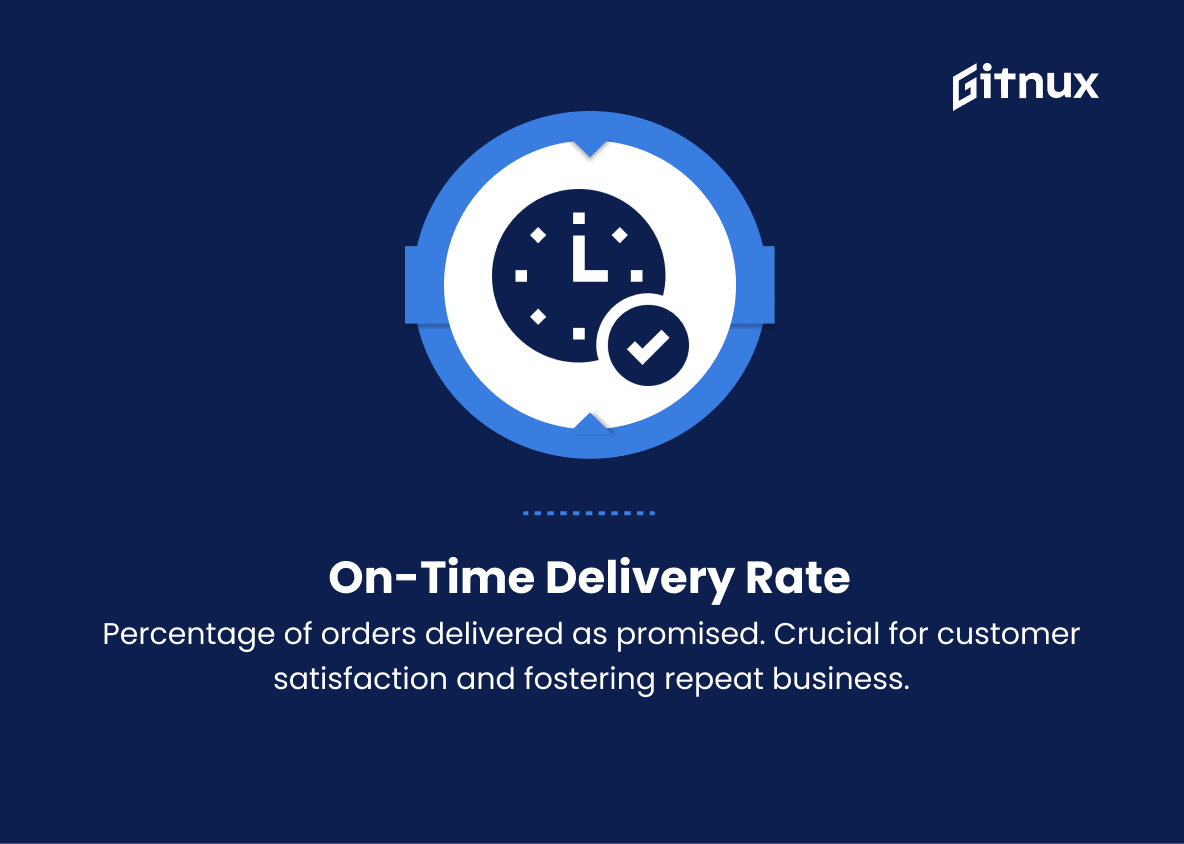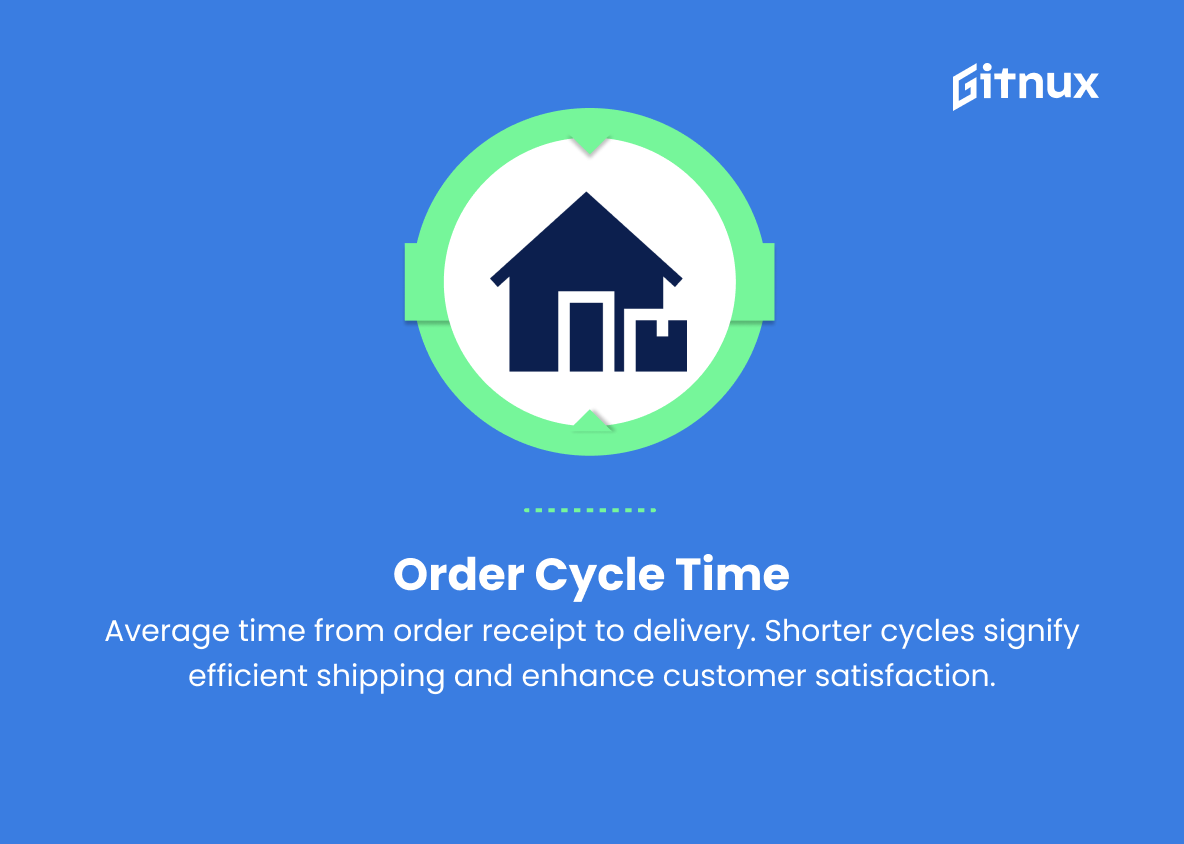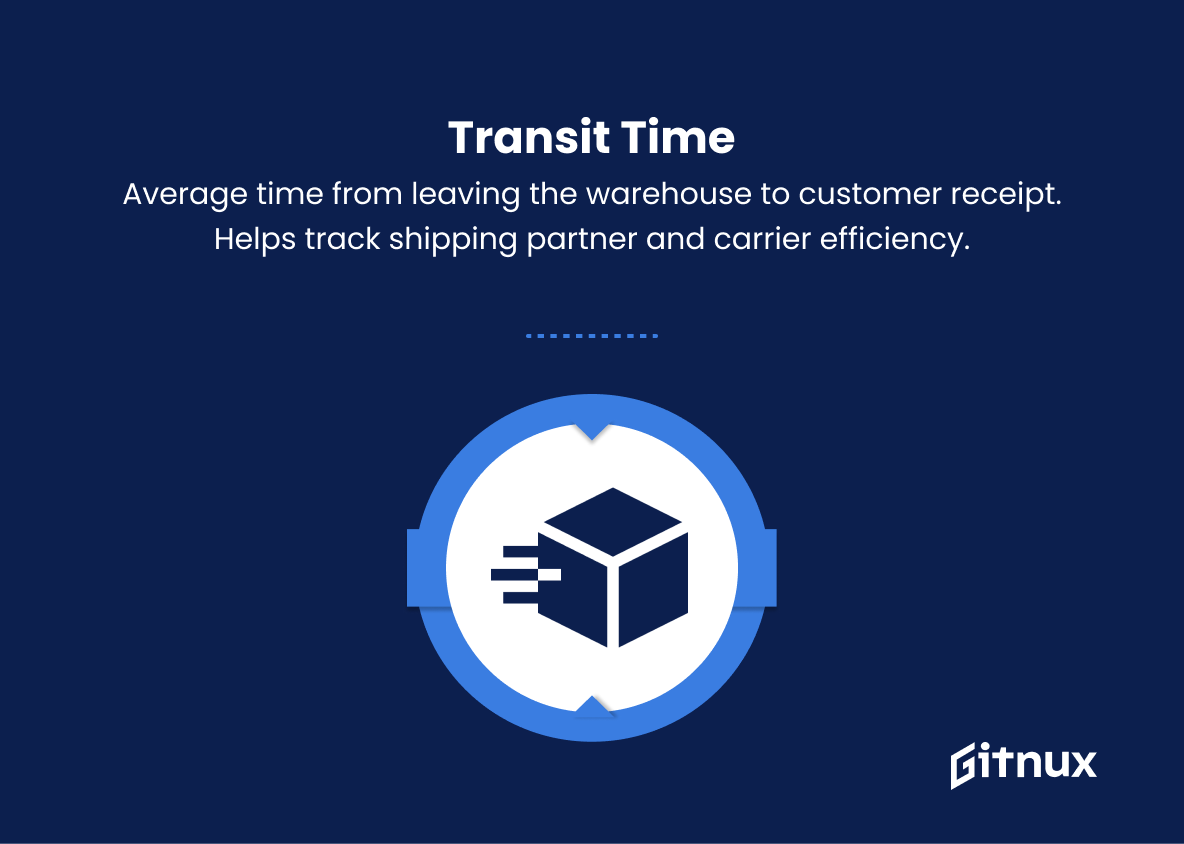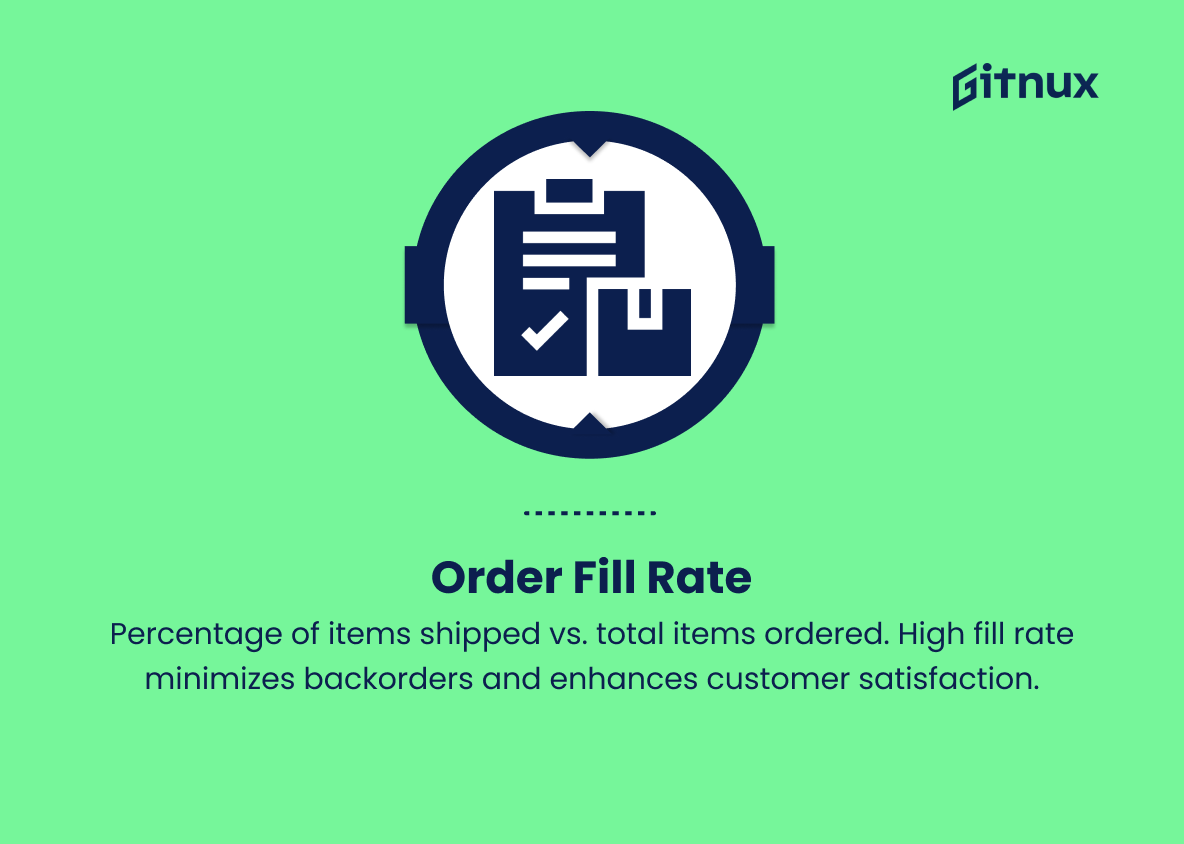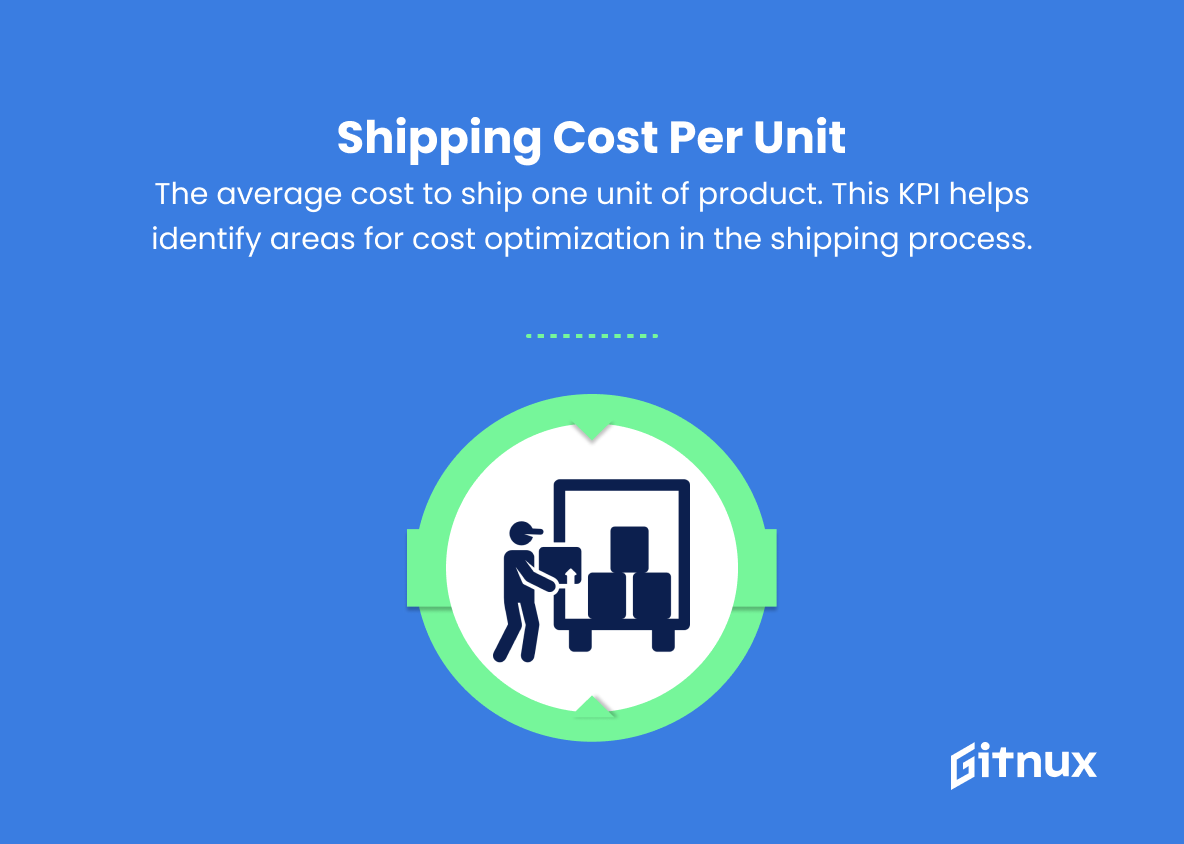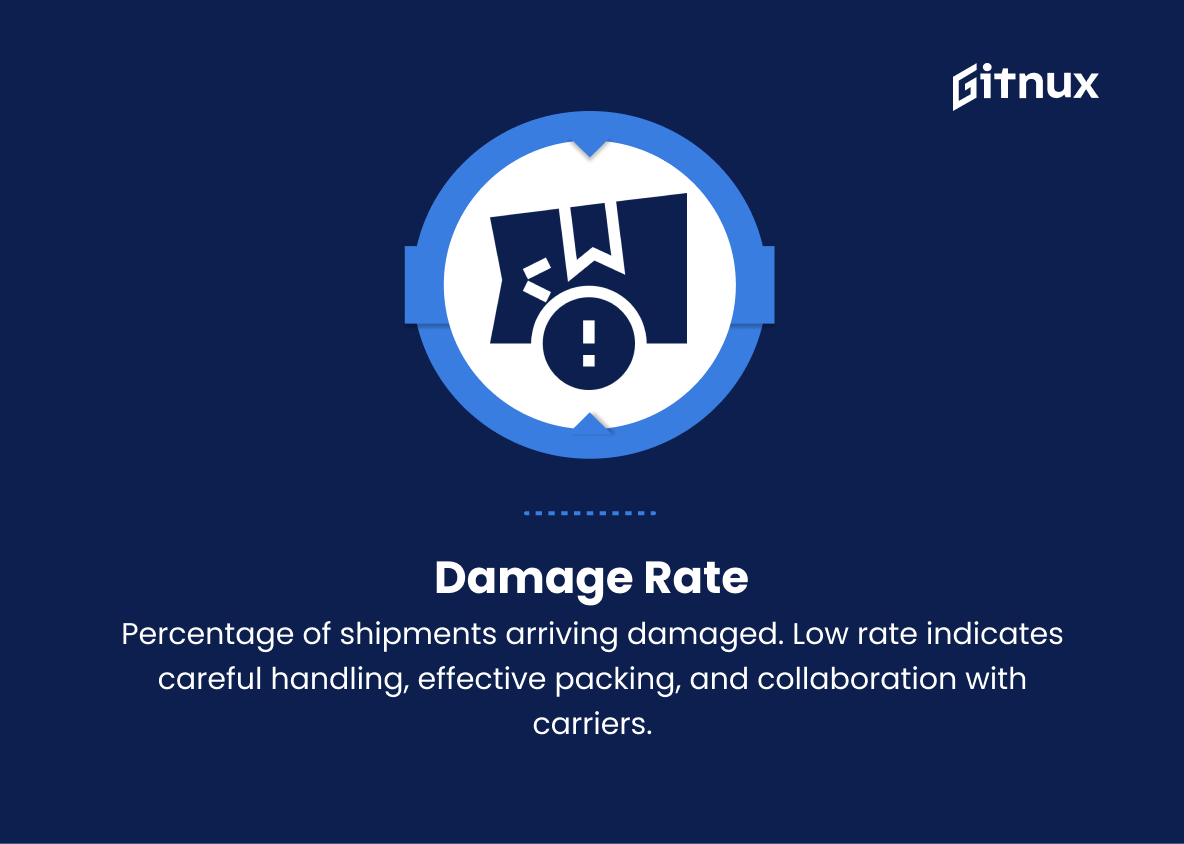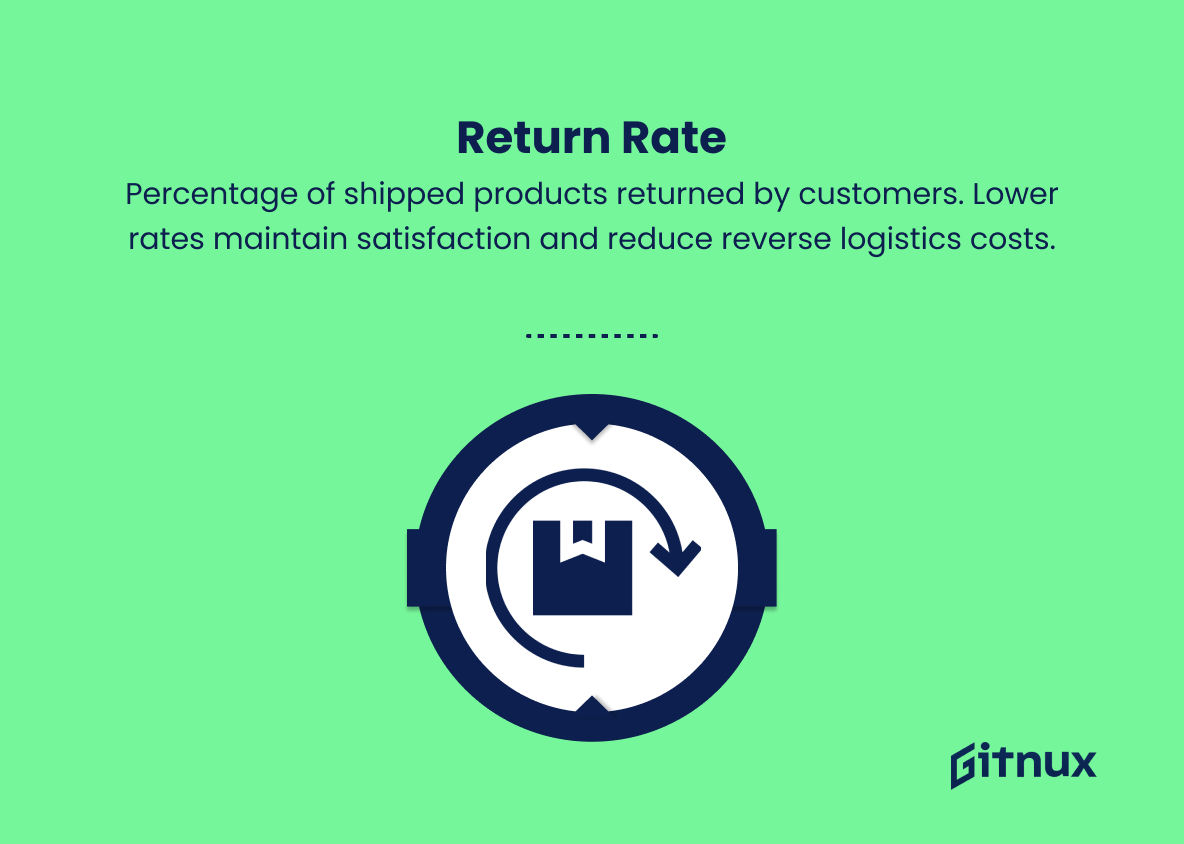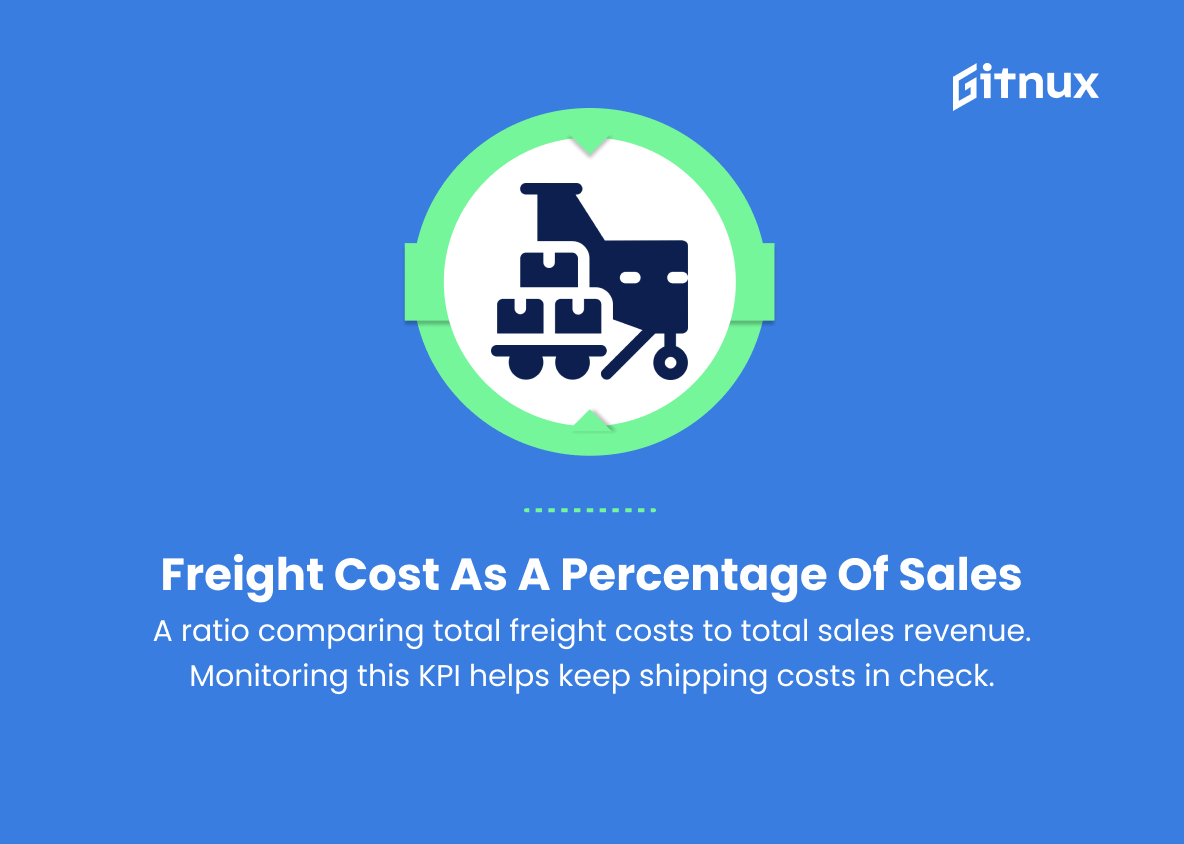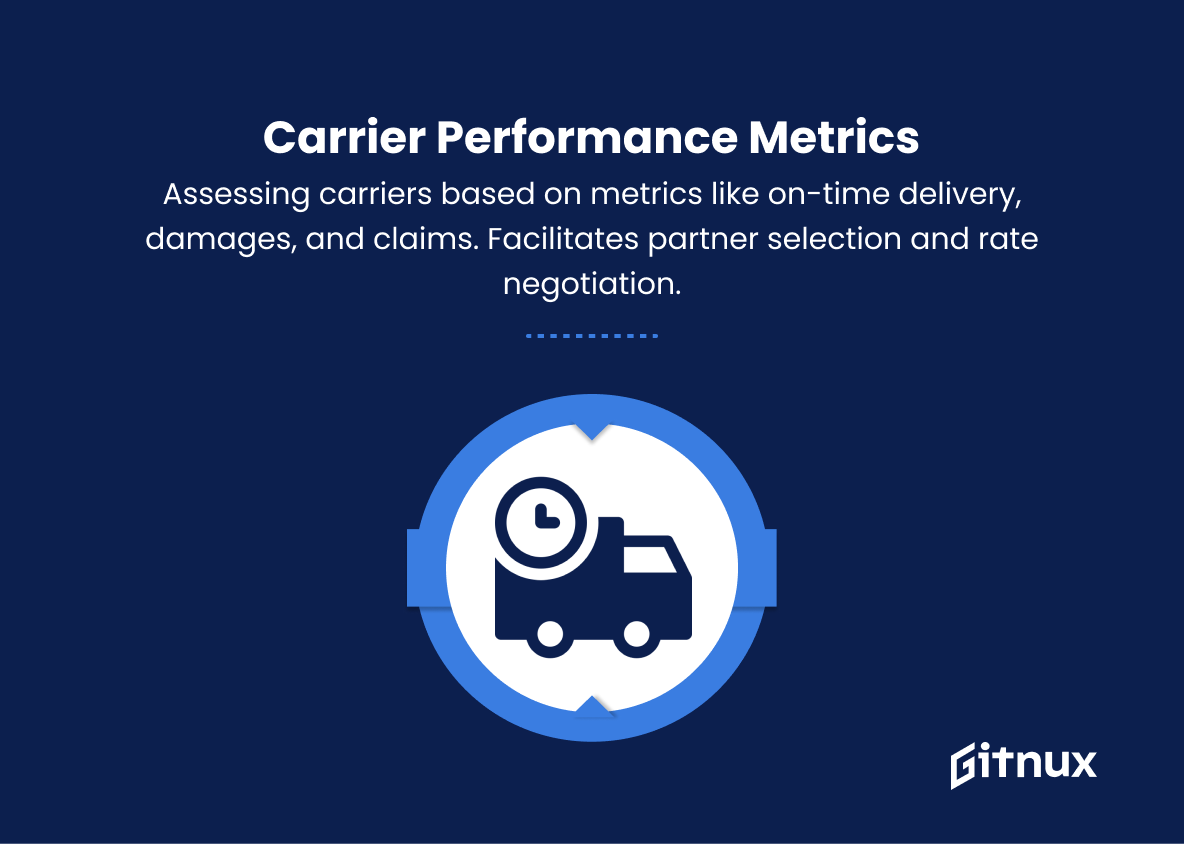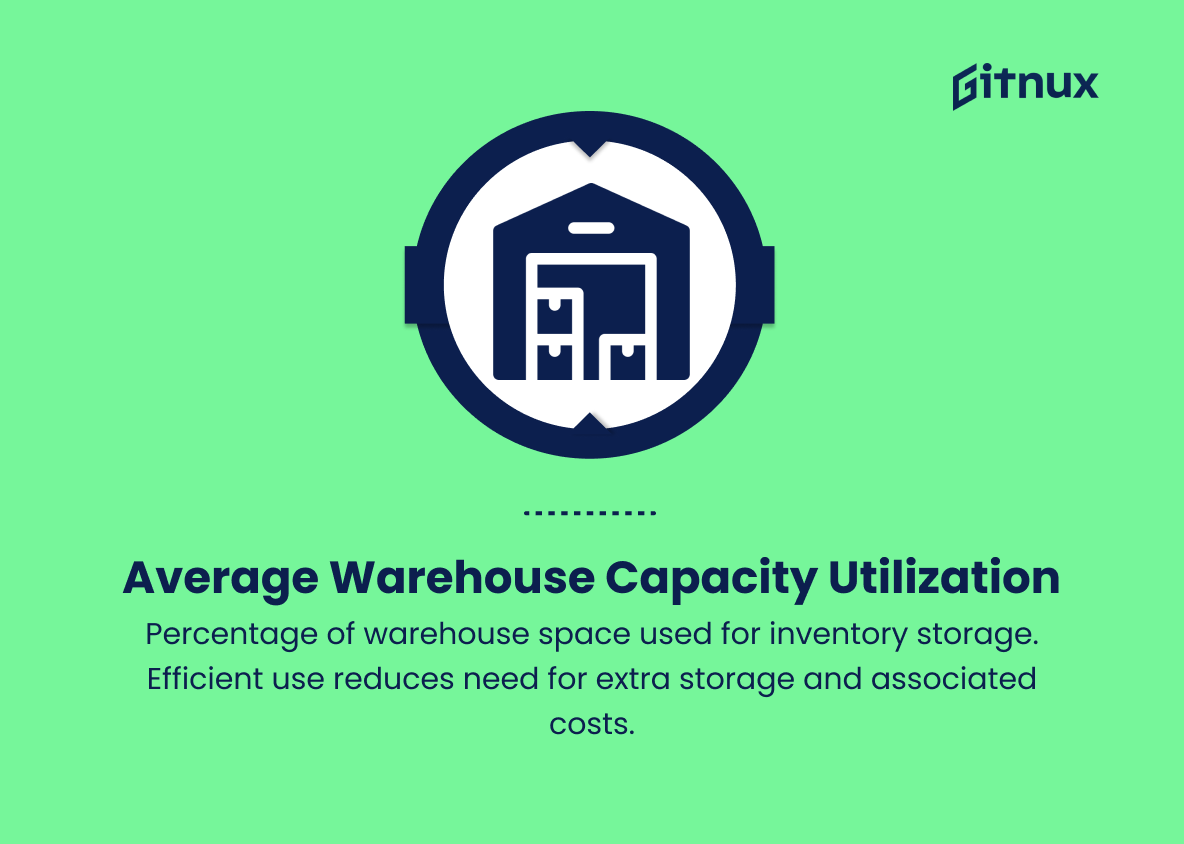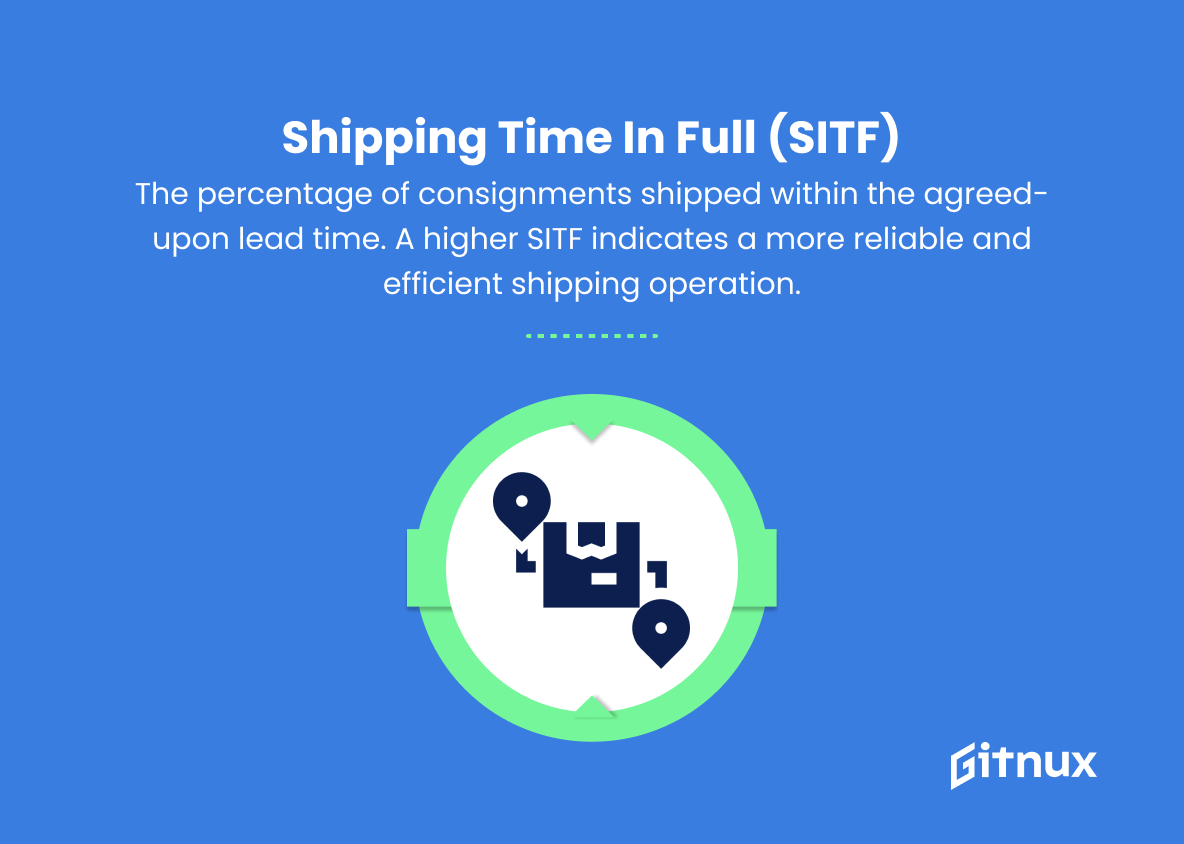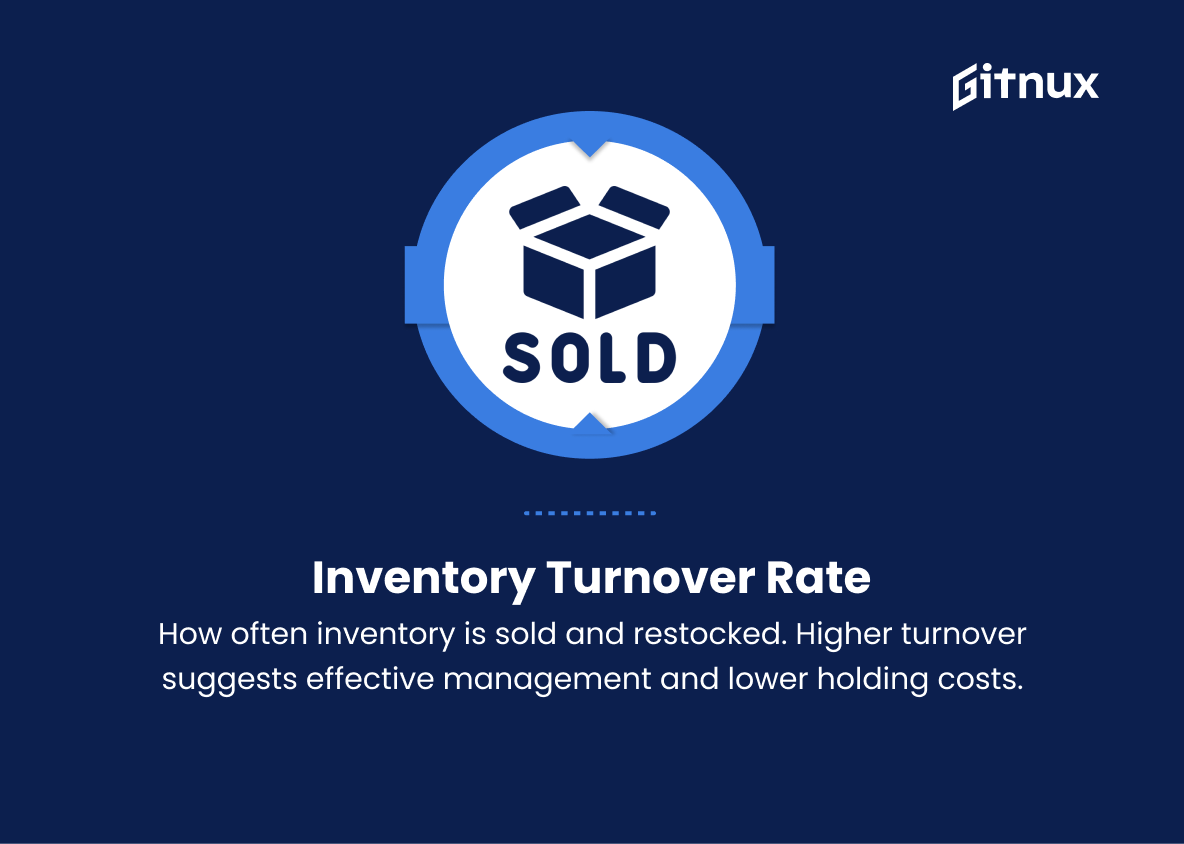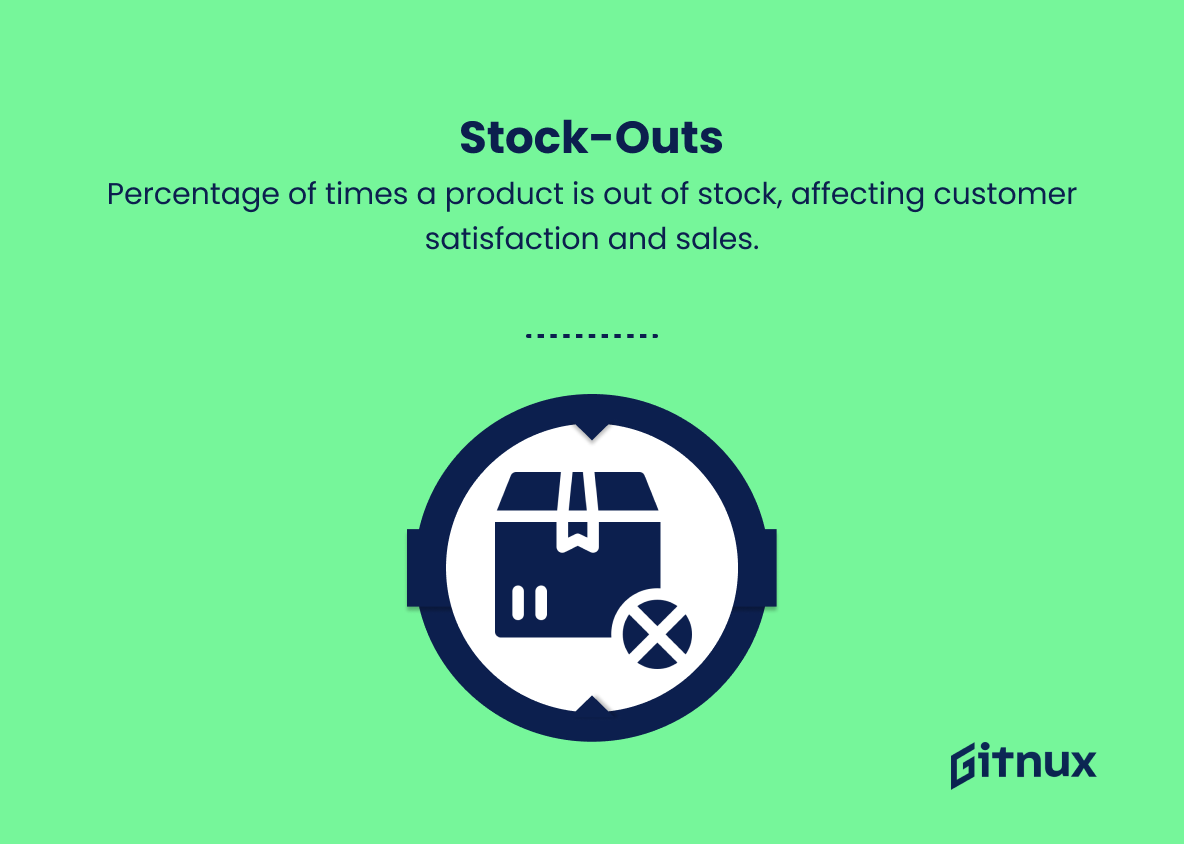In today’s competitive business landscape, shipping plays a pivotal role in securing customer satisfaction and maintaining supply chain efficiency. As businesses across the globe continue to adopt e-commerce and digital commerce models, the importance of a streamlined, effective shipping strategy grows exponentially. To navigate this constantly evolving landscape, companies must have key performance indicators (KPIs) in place to measure and optimize their shipping operations.
In this insightful blog post, we will delve into the vital Shipping KPIs that businesses need to keep a close eye on, unpacking their significance and shedding light on how they can be harnessed to drive strategic success and enhance overall operational performance.
Shipping KPIs You Should Know
1. On-Time Delivery Rate
The percentage of orders delivered within the promised or expected delivery date. This is crucial for customer satisfaction and ensuring repeat business.
2. Order Accuracy Rate
The percentage of orders that are shipped accurately, without any errors such as incorrect items, quantities, or wrong addresses. High order accuracy helps maintain customer trust.
Transit Time helps track the efficiency of shipping partners and carriers.3. Order Cycle Time
The average time it takes to complete an order from receipt to delivery. Shorter cycle times indicate efficient shipping processes and contribute to customer satisfaction.
4. Transit Time
The average time it takes for a shipment to reach the customer after leaving the warehouse. This KPI helps track the efficiency of shipping partners and carriers.
5. Order Fill Rate
The percentage of items shipped compared to the total number of items ordered. A high fill rate ensures customers receive their complete orders, minimizing backorders and out-of-stock situations.
6. Shipping Cost per Unit
The average cost to ship one unit of product. This KPI helps identify areas for cost optimization in the shipping process.
7. Damage Rate
The percentage of shipments that arrive damaged due to handling or transportation. A low damage rate shows care in packing and handling, as well as effective collaboration with carriers.
A low damage rate shows care in packing and handling, as well as effective collaboration with carriers.8. Return Rate
The percentage of shipped products that are returned by customers, either due to defects, incorrect items, or dissatisfaction. Minimizing returns is important to maintain customer satisfaction and lower reverse logistics costs.
9. Freight Cost as a Percentage of Sales
A ratio comparing total freight costs to total sales revenue. Monitoring this KPI helps keep shipping costs in check.
10. Carrier Performance Metrics
An evaluation of carriers using metrics such as on-time delivery, damages, and claims. Regularly evaluating carriers helps identify the best partners and facilitates better negotiation on freight rates.
11. Average Warehouse Capacity Utilization
The percentage of warehouse space used for storing inventory. Efficient utilization of warehouse space can reduce the need for additional storage and related costs.
12. Shipping Time in Full (SITF)
The percentage of consignments shipped within the agreed-upon lead time. A higher SITF indicates a more reliable and efficient shipping operation.
13. Inventory Turnover Rate
The number of times a company’s inventory is sold and replaced over a period of time. A higher turnover rate corresponds to better inventory management and can lead to lower holding costs.
14. Stock-outs
The number of times a product is out of stock and unavailable for shipping. Minimizing stock-outs ensures a better customer experience and increased sales.
Shipping KPIs Explained
Shipping Key Performance Indicators (KPIs) are critical metrics that help businesses monitor and improve the efficiency and effectiveness of their logistics and fulfillment processes. On-Time Delivery Rate is vital for maintaining customer satisfaction and securing repeat business, while Order Accuracy Rate helps build trust with consumers. Order Cycle Time, Transit Time, and Shipping Time in Full all contribute to an efficient shipping process, leading to happier customers.
Order Fill Rate, Damage Rate, and Return Rate are important indicators of successful order fulfillment, while Shipping Cost per Unit, Freight Cost as a Percentage of Sales, and Average Warehouse Capacity Utilization help identify cost-saving opportunities.
Carrier Performance Metrics facilitate better collaboration and negotiation with shipping partners, while Inventory Turnover Rate and Stock-outs indicate how well a company is managing its inventory. By closely tracking and evaluating these KPIs, businesses can optimize their shipping operations, provide better customer experiences, and ultimately increase their bottom line.
Conclusion
In summary, Shipping KPIs are crucial in driving growth, efficiency, and sustainability for businesses in the shipping and logistics industry. They empower companies to monitor performance, identify strengths and weaknesses, and make data-driven decisions that lead to better cost management and customer satisfaction.
To fully optimize your shipping operations, it is essential to carefully select and consistently evaluate the most relevant KPIs for your business. By embracing a culture of continuous improvement and utilizing technology-driven analytics tools, organizations can ensure they stay ahead in the ever-evolving shipping landscape and ultimately achieve a competitive edge in the market.
